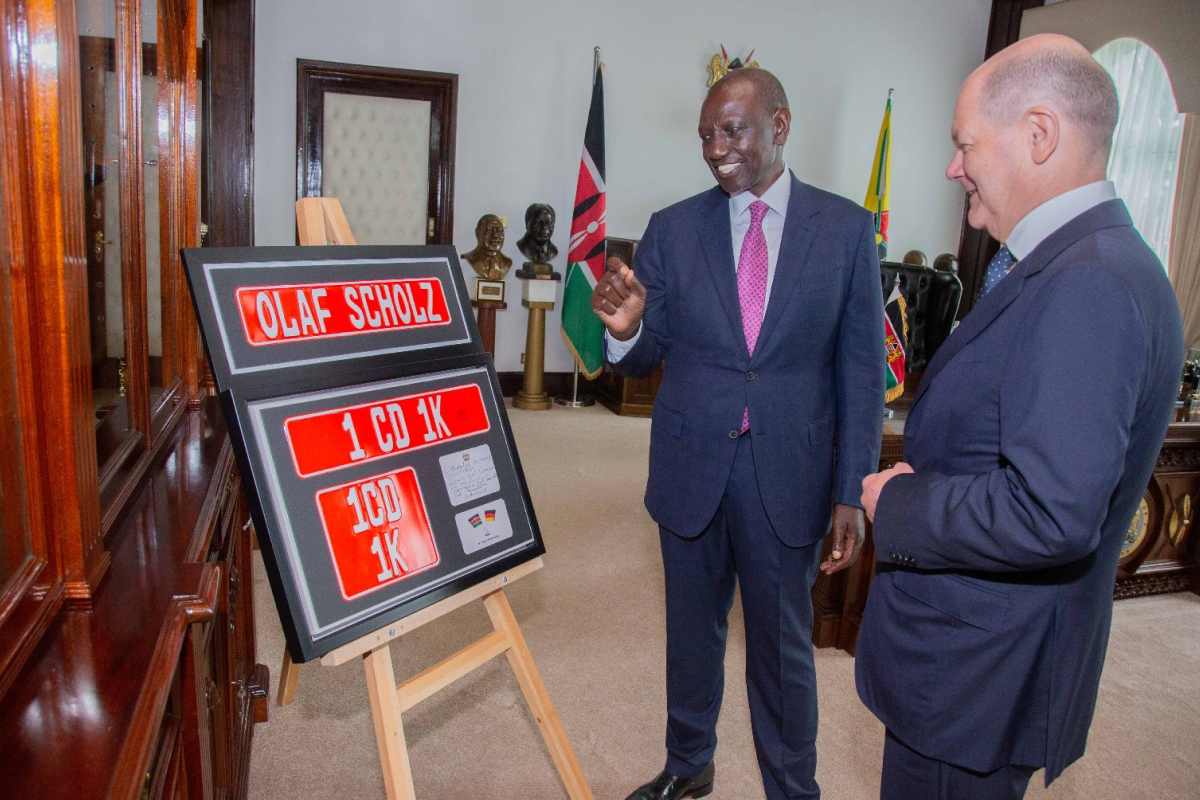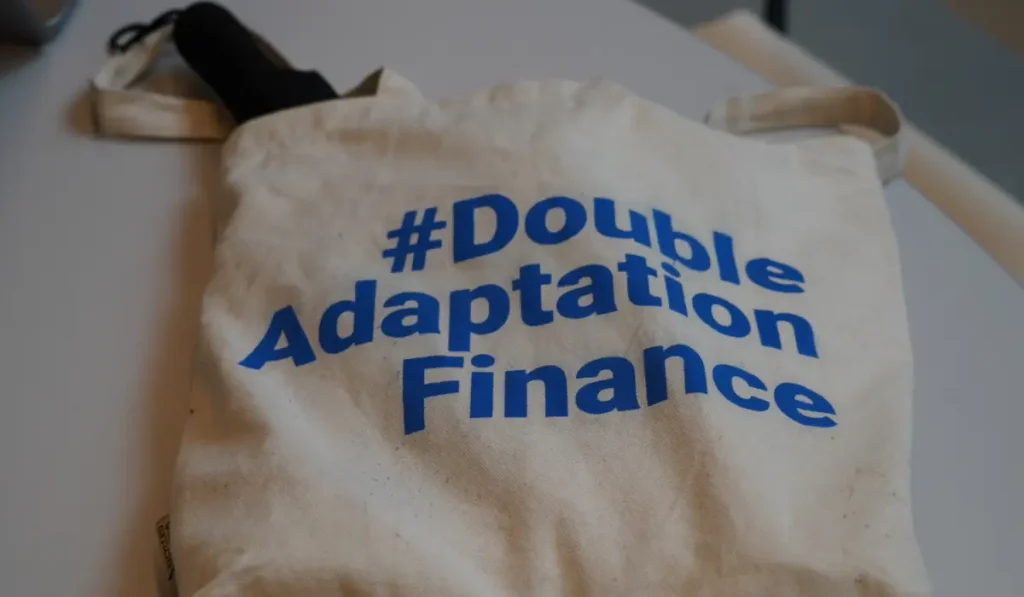During bilateral talks with Germany earlier this month, Kenya expressed its interest in becoming the first African country to join a newly formed global “Climate Club”. The brainchild of Germany during its presidency of the G7 last year, the Climate Club was established through an agreed Terms of Reference in December 2022. Designed to be inclusive in nature and open to all high ambition counties, the Club aims to increase global mitigation ambition by focusing on emissions reductions within the industrial sector, with cooperation on trade and the avoidance of carbon leakage. Carbon leakage is where a country implements ambitious mitigation policies but its high emitters then relocate to countries with more lax emission controls, or where that country’s product gets replaced by more carbon intensive imports.
The Climate Club is due to be formally launched at COP28 at the end of this year, although it reportedly had an initial meeting of seventeen countries on 4 May. In addition to Kenya, it has been reported that Indonesia and India are also contemplating joining. The Club’s focus will be on the alignment of policies and sharing of best practices aimed at increasing mitigation ambition and cooperation in strategies to mitigate carbon leakage. Although not stated as such, in theory this could include bilateral trade deals on green steel, or it could be more universal, something of a global linking up of Carbon Border Adjustment Mechanism (CBAM) type policies across member countries. The potential for the Climate Club to foster an interlinked group of climate and trade related nations is possibly one of its greatest draw cards, although the Terms of Reference remain open ended on this point and the legalities remain unclear. Certainly this would be a sweetener for many countries to join, but would also undoubtedly require higher mitigation ambition commitments.
The Club will also focus on aligning sectoral strategies and targets for industries, and developing common standards and definitions for hard to abate sectors. This would build on the G7’s Industrial Decarbonisation Agenda and Hydrogen Action Pact. It would also possibly include targets for low or zero carbon steel, cement and other emission intensive goods. Lastly the Club aims to build international partnerships for alignment and matchmaking on a voluntary basis, including the provision of financial support between members to achieve shared outcomes. The latter makes joining the Club a potentially lucrative option, although no hard numbers have been proposed as yet.
The role of the Climate Club within and its possible effect on the global multilateral climate regime is interesting. It is unsurprising that trade has emerged as the instrument of choice for compelling higher ambition between trade-connected states, in the wake of frustration with the lack of progress and legal sanction under the Paris Agreement. It is also unsurprising to watch discussions that have gained less traction or failed under the Paris Agreement, find their way onto the agenda of a coalition of a high ambitious countries. We don’t know just yet whether sector targets will indeed be a feature of the Climate Club, but it is certainly looking like it may be. However, under the Glasgow Global Mitigation Work Programme negotiations at COP27 last year, some developed countries were looking to agree on dedicated sectoral specific targets, with their own timelines and benchmarks. There was no consensus on targets and it was agreed that the Work Programme will instead identify sectors on which work can be done and how this is reported through to 2026. The Climate Club scales this idea dramatically. If it does achieve sector targets, it will surpass the Mitigation Work Programme through the creation of a group of countries that have sector targets between them, likely strengthened through trade relationships. This would potentially splinter the consensus driven approach behind the negotiations under the Mitigation Work Programme under the Paris Agreement, and may result in a situation where countries concede to industrial sector targets, in order to benefit from trade. But this would stand against the equity concerns of developing countries, who held the position last year that imposing global sector targets would undermine the principle of common but differentiated responsibilities.
Another consideration is how climate finance flows might realign under the Climate Club. The principle under Paris and the UNFCCC is that finance is for assisting developing countries to achieve their NDCs, not as a sweetener to join a mitigation focused club with trade benefits. Much will then depend on whether this finance is new and additional to UNFCCC climate finance.






